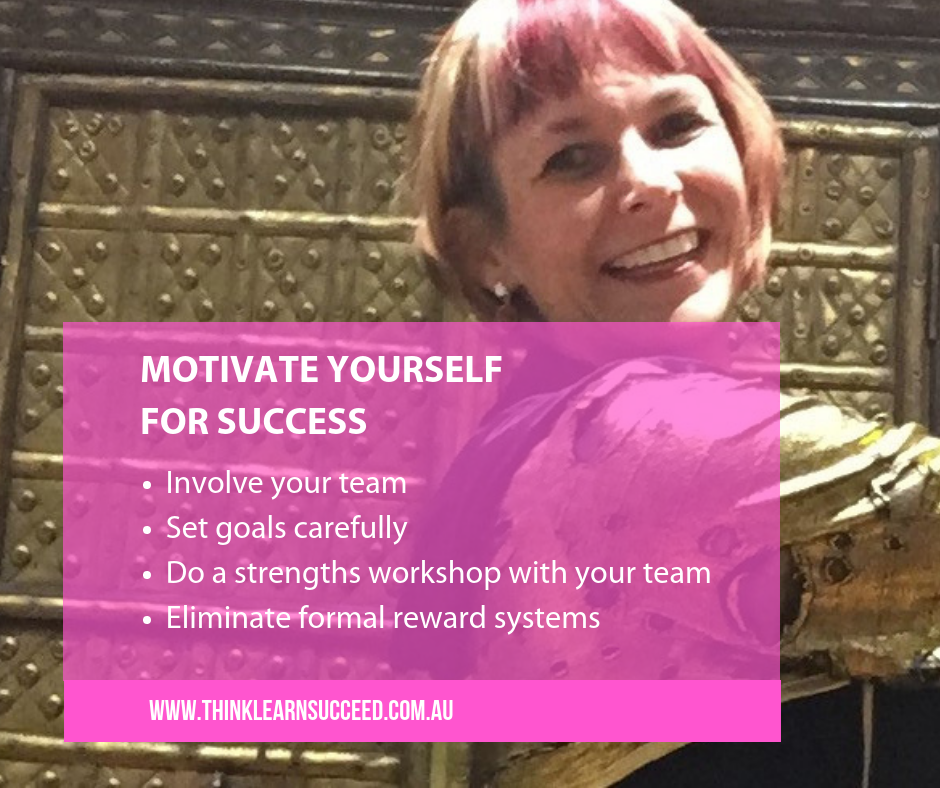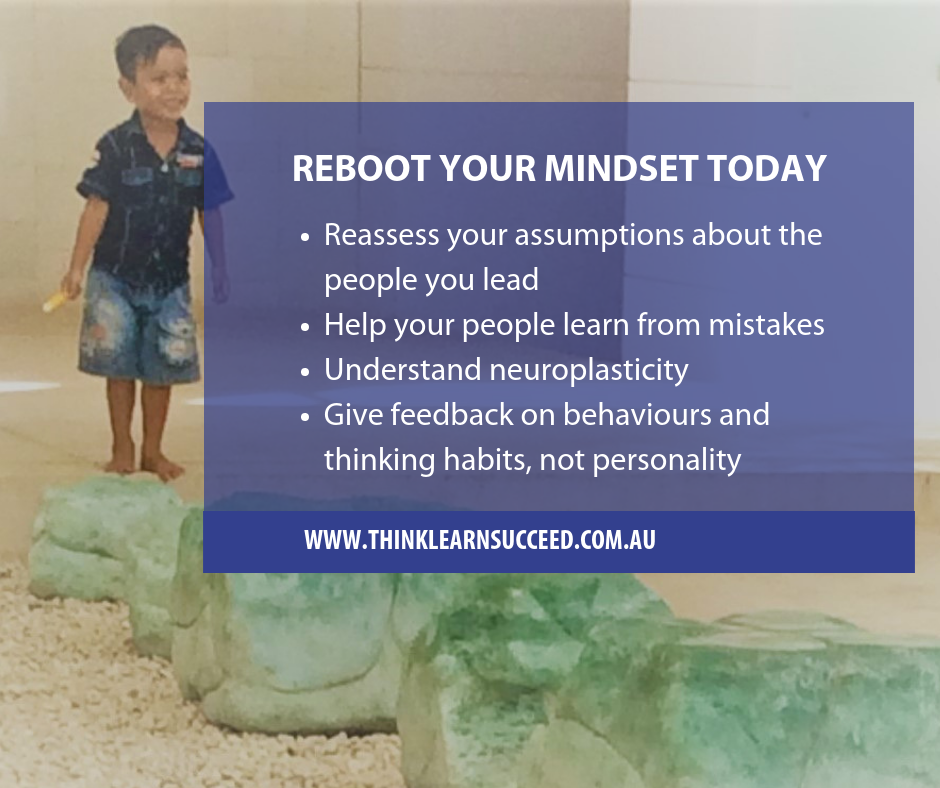We often talk about provocation as though it’s a negative thing, but it can actually be a powerful tool for inspiring and motivating your team. By challenging the status quo and pushing boundaries, positive provocation can help create new ideas and drive change within your team. Let’s look at some interesting research about this intriguing concept and consider what it means for leaders and high achievers.
Positive provocation is a technique used to stimulate or challenge thinking constructively. Unlike negative provocation which aims to incite conflict or cause offense, positive provocation seeks to inspire and motivate. Psychologists have found that positive provocation can generate fresh perspectives and creative solutions to problems.
One study conducted by the University of Amsterdam looked at the effects of positive provocation in a team setting. The researchers divided participants into two groups – one group was exposed to positive provocation while the other was not. The results showed that those who were positively provoked demonstrated significantly higher levels of creativity and innovation compared to the control group. This supports the idea that positive provocation can be a powerful tool for unlocking untapped potential within teams.
Free e-book and video tips.Get your copy today!
|
|
This finding is supported by a study published in the Journal of Applied Psychology, which emphasises the importance of appreciative team building. By focusing on the strengths and positive qualities of each team member, this approach fosters a supportive and empowering environment for collaboration and growth.
So, how exactly can you harness the power of positive provocation at work? It all starts with creating an open and inclusive space. Encourage team members to ask “what-if” questions and explore unconventional ideas. Here are five more questions to experiment with:
- What are the benefits of this problem?
- Let’s ditch the standard assumption that…is true. What does that mean for us?
- If …was not a problem, what would it be?
- If the opposite of what you’ve said is true, what possibilities could arise?
- What bold action would you take if there were no limits or consequences?
Remember, positive provocation is not about stirring up conflict or causing tension but rather inspiring creativity. Positive provocations have the power to transform your team’s dynamics, sparking creativity and collaboration. Backed by robust research, these thought-provoking questions unlock new perspectives and generate innovative strategies. Embrace the “what-if” mindset and watch as your team’s excitement and commitment soar to new heights.
Read the original article here from Psychology Today.
This article summary was created by Eleanor Shakiba
Eleanor is a leadership trainer, success coach and people skills expert. She helps managers and business owners build thriving teams and organisations, using tools from Positive Psychology. She's trained more than 60,000 people during her career as a corporate trainer and professional development consultant. Her mission is inspiring talented people to become leaders who make a difference.




 Have you ever been advised to “do what you love and success will follow”? This may be more than just cliché. When you’re doing what you love, you are likely to be using your signature strengths. This means that you are not only doing what you’re good at, but you are at your happiest as well.
Have you ever been advised to “do what you love and success will follow”? This may be more than just cliché. When you’re doing what you love, you are likely to be using your signature strengths. This means that you are not only doing what you’re good at, but you are at your happiest as well.
 Why do you do the things you do? What is it that drives your behaviour? Motivation does.
Why do you do the things you do? What is it that drives your behaviour? Motivation does.